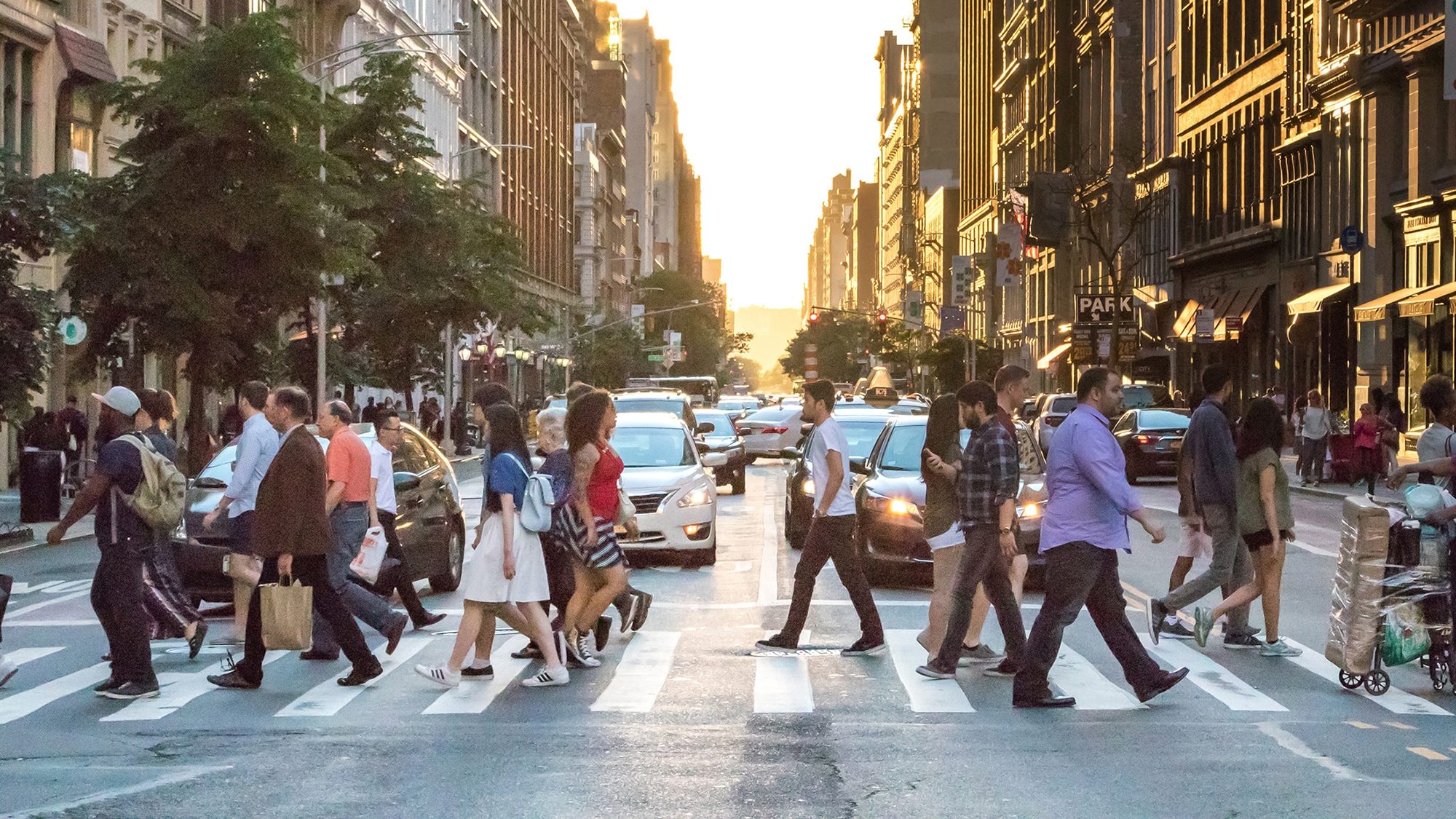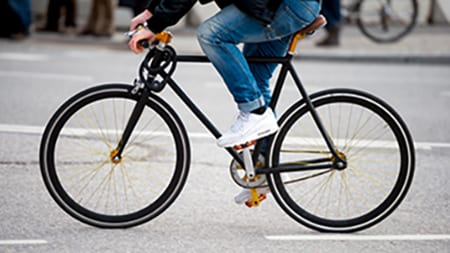Key points
- Thousands of pedestrians, bicyclists, and motorcyclists die on our nation's roads every year.
- These crash injuries and deaths are preventable.
- Wearing a helmet while riding on a bicycle, e-bicycle, or motorcycle can save lives.
Pedestrian Safety

Over 8,000 pedestrians were killed on our nation's roads in crashes involving a motor vehicle in 2022.1
Local and state public health partners, other transportation-related agencies, and communities can work together to keep pedestrians safe in multiple ways, including considering evidence-based strategies that promote driving at safe speeds.23
You can take steps to keep yourself safe as a pedestrian, like by wearing reflective clothing and crossing streets at a designated crosswalk or intersection whenever possible.
Keep reading: Pedestrian Safety
Bicycle Safety

Nearly 1,000 bicyclists die and about 120,000 are injured in crashes that occur on roads in the United States every year.1
All bicyclists, regardless of age, can help protect themselves by wearing properly fitted bicycle helmets every time they ride.
Effective interventions to reduce injuries and fatalities to bicyclists include bicycle helmet laws and changes to the environment (e.g., protected bike lanes).2
Keep reading: Bicycle Safety
Motorcycle Safety

More than 6,000 motorcyclists died4 on our nation's roads in 2022, and about 220,000 were treated in emergency departments for crash injuries.1
A universal helmet law is an effective way for states to save lives and costs related to motorcycle crash injuries.5
Keep reading: Motorcycle Safety
- Centers for Disease Control and Prevention (CDC). WISQARS — Web-based Injury Statistics Query and Reporting System. U.S. Department of Health and Human Services, Centers for Disease Control and Prevention, National Center for Injury Prevention and Control; 2024.
- National Highway Traffic Safety Administration. Countermeasures that Work: A Highway Safety Countermeasure Guide for State Highway Safety Offices [641 pages]. Tenth Edition. 2020.
- Federal Highway Administration. Noteworthy Local Policies that Support Safe and Complete Pedestrian and Bicycle Networks [107 pages]. U.S. Department of Transportation, Washington, DC; 2016.
- National Highway Traffic Safety Administration. Traffic Safety Facts: 2022 Data (Report No. DOT HS 813 589). U.S. Department of Transportation, Washington, DC; 2024. https://crashstats.nhtsa.dot.gov/Api/Public/ViewPublication/813589.
- The Community Guide. Motor vehicle-related injury prevention: Use of motorcycle helmets, universal helmet laws. Available at: https://www.thecommunityguide.org/sites/default/files/assets/MVOI-Motorcycle-Helmets-Laws-Mandating-Use_1.pdf [14 pages].
